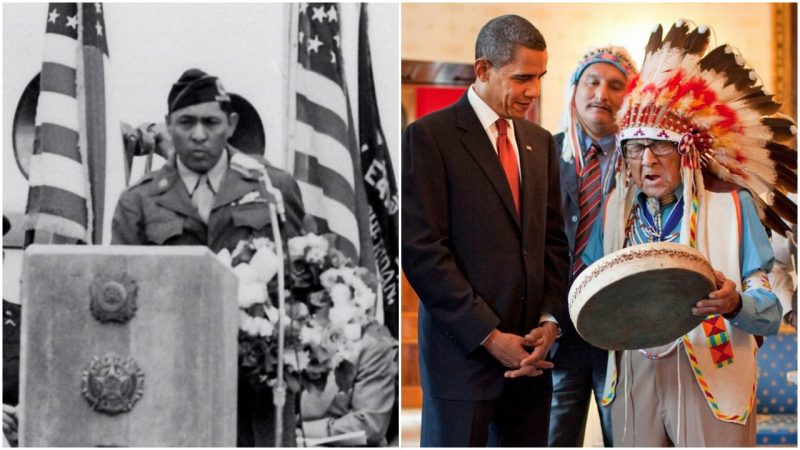Joe Medicine Crow, the last individual to become a war chief in the crow nation. To do this he had to complete the 4 tasks needed to become a war chief. Touch an enemy without killing him. Take an enemy’s weapon Lead a successful war party Steal an enemy’s horse.
To his credit he managed to kill 2 birds with one stone twice. He accomplished the first and second task after he walked around a corner and straight into a German soldier. After a struggle his disarmed him and was about to kill him until the German started calling out for his mama, Crow then let him go. The 3rd and 4th tasks were completed when he led a group of soldiers on a raid and stole 50 horses from an SS camp.
The image of a Native American warrior painted for war in the sacred colors of his tribe, sneaking up on an enemy encampment, would seem to be restricted to seventeenth, eighteenth, or nineteenth-century colonial American history.
While imagining such a scene in Nazi Germany would seem rather anachronistic, as is often the case with history, truth can be stranger than fiction.
Joseph Medicine Crow never intended to become war chief of the Crow Nation, but owing to his exploits in WWII, in which he served as a scout for the US Army’s 103rd Infantry Division, this honor was bestowed on him when he returned to his people.
Without realizing it, during his time as an army scout in Germany, Joseph Crow had successfully fulfilled the four time-honored conditions which were the prerequisites for a warrior to attain the honorific of war chief: he had counted coup (touched an enemy soldier without killing him or being harmed), he had stolen a horse (around fifty of them, in fact) from an enemy encampment, he had taken an enemy warrior’s weapon, and had a successful war party.
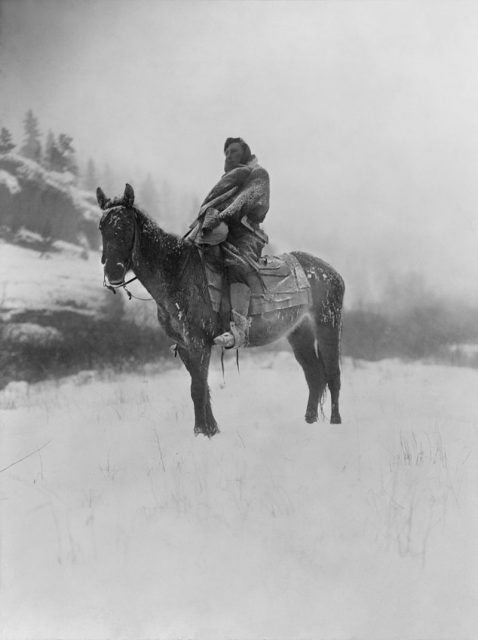
By performing these deeds, Joseph Medicine Crow was not only walking in his father’s footsteps (Leo Medicine Crow, his father, became war chief of the Crow at the age of 22), he was continuing in the tradition of a proud lineage.
His great-uncle, White Man Runs Him, had been a scout for General Custer, whose fateful expedition met its end at the Battle of Little Bighorn in 1876.
Joseph Medicine Crow grew up listening to the accounts of this campaign not only from his great-uncle but also from other Crow elders who had been there and witnessed the destruction of Custer’s forces with their own eyes.
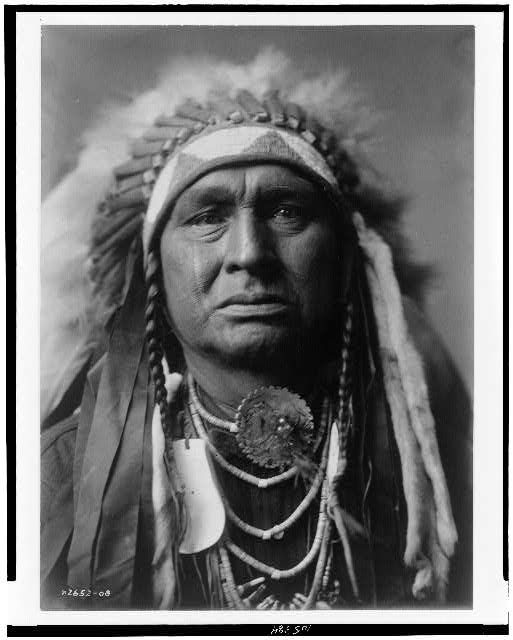
Joseph Medicine Crow said of his life that “there is a middle line that joins two worlds together… I walk that line.”
He was one of the very last living links to pre-reservation Plains Indians culture and their pre-colonial way of life. He was also one of the very final heirs of its time-honored military heritage.
Born in a log house in 1913 on the Crow Reservation in Montana, he was educated and trained in the warrior tradition from an early age by his grandfather, Yellowtail.
He was taught to track animals in the wilds, shown how to sleep rough on the ground wrapped only in a blanket, trained to move silently through the woods, and conditioned to endure physical hardships by walking barefoot in the snow and standing in freezing rivers.
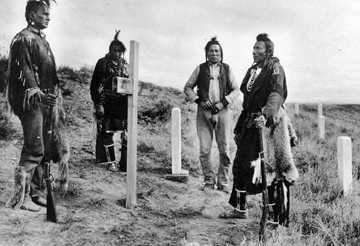
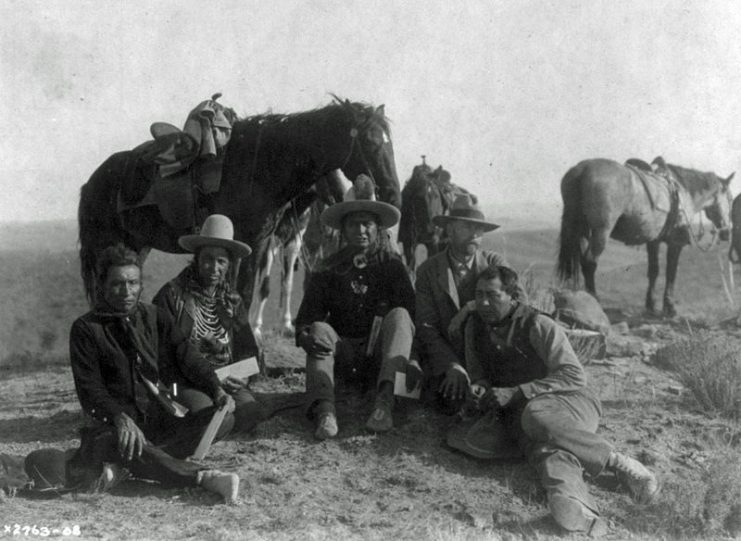
Many of the skills he learned from being raised in the Crow warrior tradition would turn out to be very useful when he enlisted in the United States Army in 1943.
He traveled to the battlefields of Western Europe determined to honor the legacy of his warrior forefathers.
Beneath his army uniform he painted his body with the war paint of his tribe. On his helmet he wore a yellow-painted eagle feather, given to him by a sundance medicine man.As a scout, he was often sent on near-suicidal missions, frequently behind enemy lines. Yet he returned from every one of them unscathed.
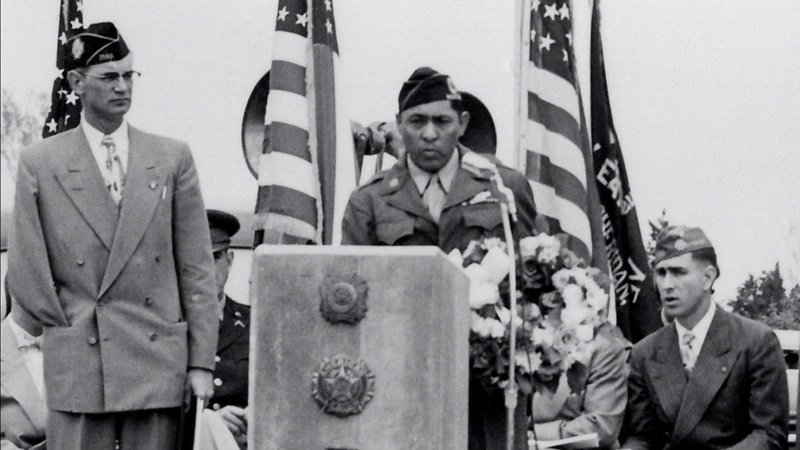
On one such mission, while raiding an enemy-occupied village, he quite literally bumped into a German soldier while walking around an alley corner.
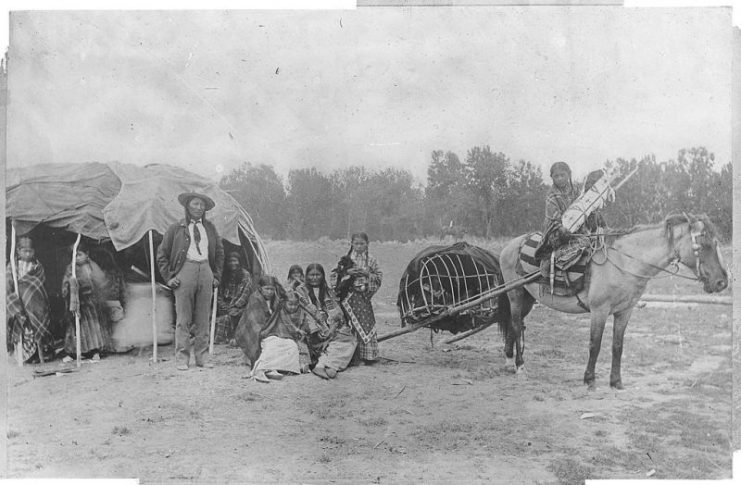
According to Crow, he used his rifle to knock the weapon out of his opponent’s hands. All Crow would have had to do then was aim his own gun and pull the trigger.
Instead, he threw down his rifle and engaged the German soldier in hand-to-hand combat, eventually wrestling him to the ground, where he started to choke him out.
As the German saw death approaching, he screamed out for his mother. His cry softened Crow’s heart, so he released the soldier who swiftly fled.
On a subsequent mission, Crow was leading a scouting party when he came across some fifty or so horses stabled on a farm. Looking through his field glasses, he realized that the horses were owned by Nazi SS officers – and he decided to steal them.
In the dead of night, he crept past the guards, threw a makeshift rope bridle onto the finest beast of the lot, and then stampeded the horses out of the barn, whooping out a Crow war cry as he charged brazenly away on his stolen stallion.
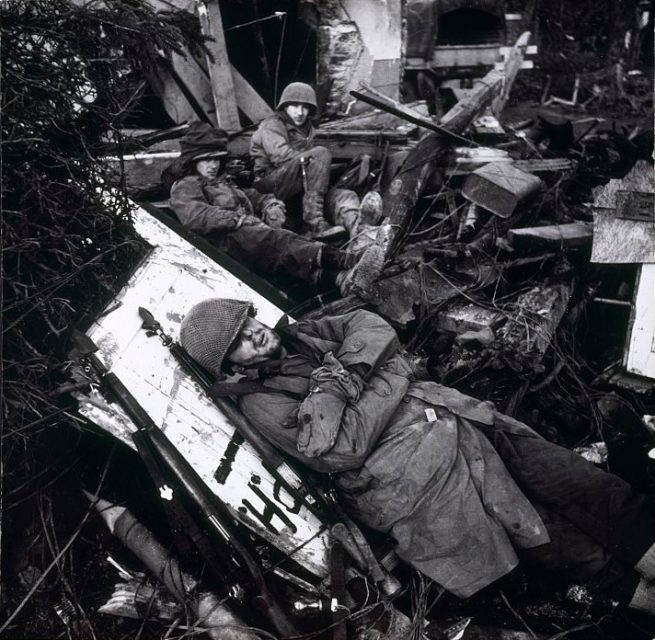
He won a Bronze Star for his courage during a mission that took place on the Siegfried Line.
Almost 400 miles long, the Siegfried Line was a series of fortifications along Germany’s western border. It consisted chiefly of bunkers, tank traps, walls, pillboxes, and tunnels.
During the Allies’ advance from Paris to the Rhine, Crow’s commanding officer ordered him to obtain some dynamite from an American position that had been overrun, and then use the explosives to assault the German fortifications.
Crow led a squad of seven soldiers through enemy fire on this mission. Although it might have seemed utterly suicidal, they completed it successfully without incurring a single American casualty.
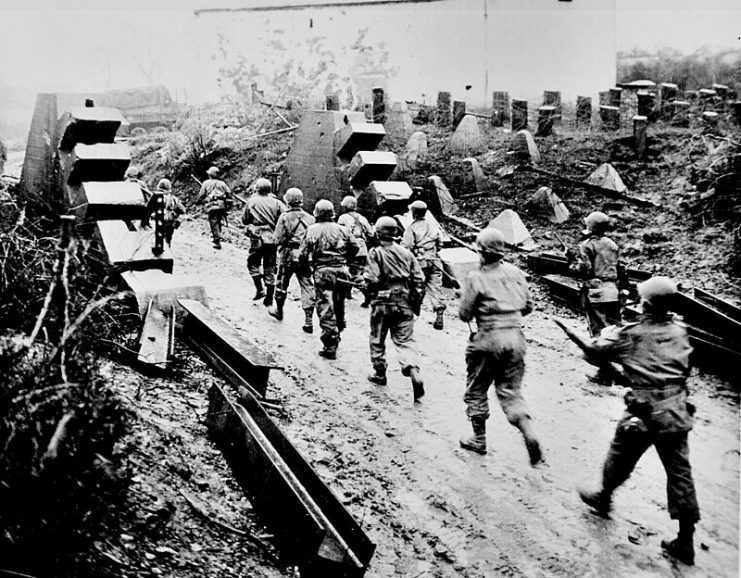
Upon his return home, as well as being made war chief, he was named anthropologist and tribal historian for the Crow in 1948.
Joseph Medicine Crow was not only an exceptional soldier and bearer of the torch of his tribe’s history and culture, he was also a scholar and an author. He was the first of his tribe to attend university, where he obtained a master’s degree and studied for a Ph.D. He wrote a number of books on Crow culture and history and was awarded three honorary doctorates.
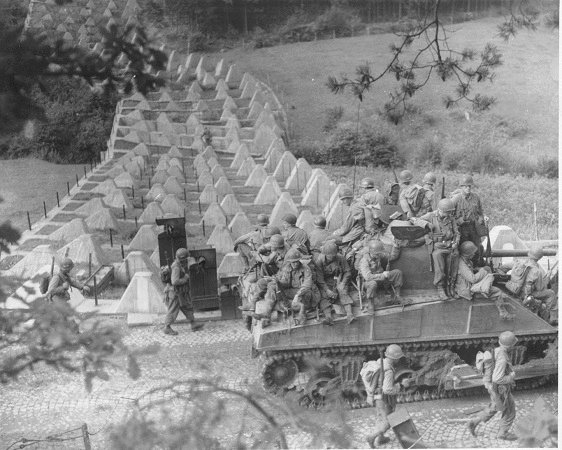
In 2009, President Barack Obama awarded him the Presidential Medal of Freedom. After the ceremony, Joseph Medicine Crow (who was ninety-five years old at the time) sang a Crow war song, swung his coup stick, and led a ceremonial dance.
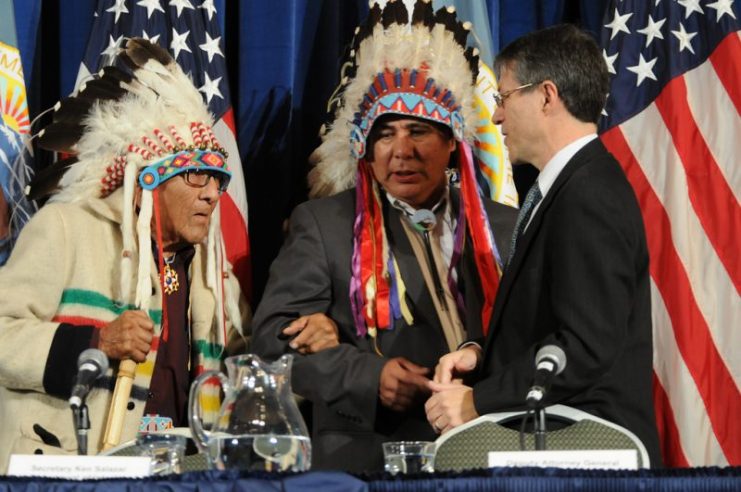
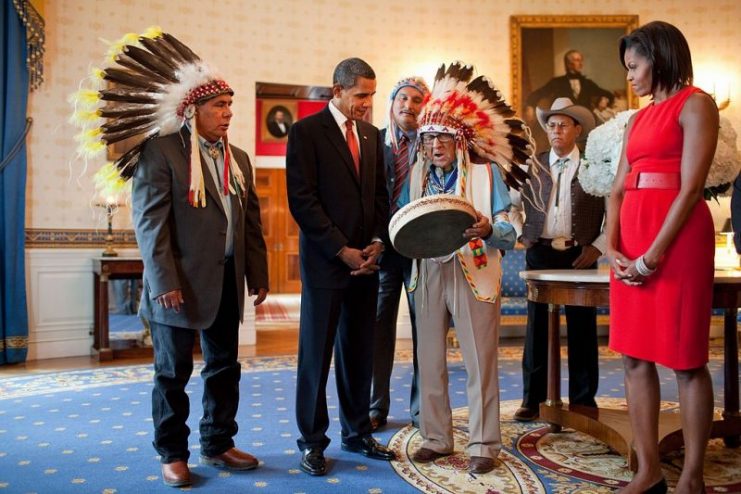
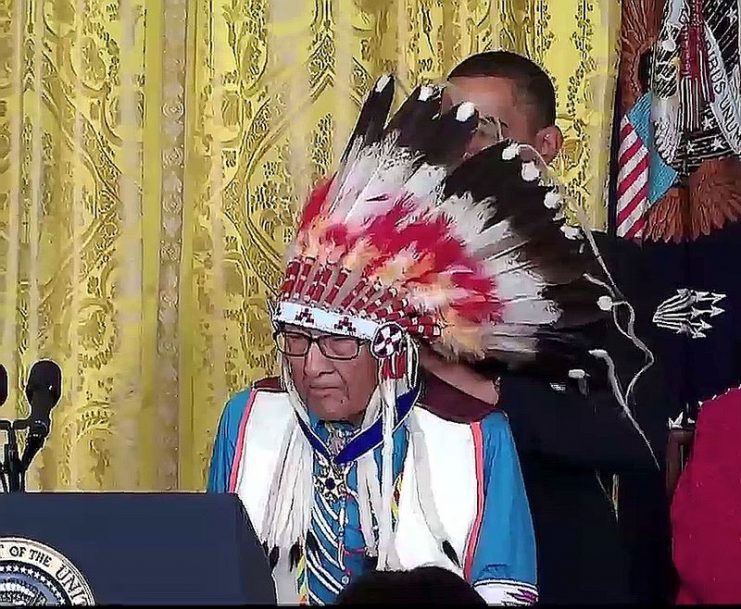
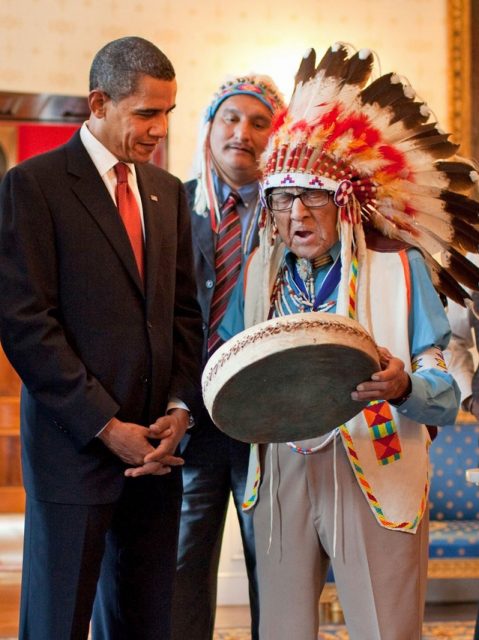
After a long, tremendously eventful life, Joseph Medicine Crow died in 2016 at the ripe old age of 102, the very last war chief of the Plains Indians.
